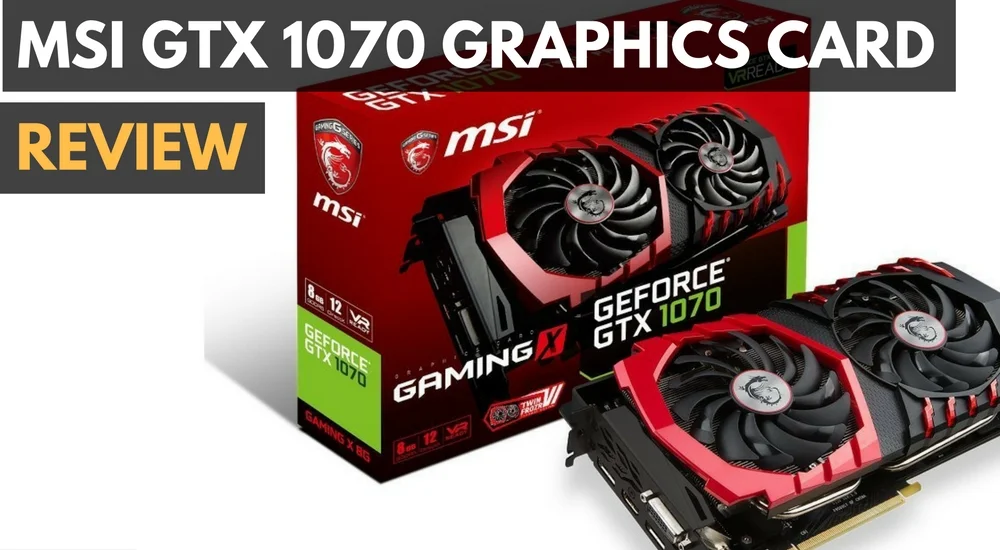Some in the PC-gaming community might see the GeForce GTX 1660 Ti, Nvidia's first GTX-branded (versus RTX-branded) "Turing" GPU, as Nvidia's admission that the world wasn't ready so soon for the ray-tracing features in its RTX line. But video cards are roadmapped much further out than just a few months. So while this graphics card takes Nvidia's RTX tech a step backward, removing some of its future-looking flagship elements, that was the plan all along. The result is a chopped-down, smoothed-out Turing-architecture card that emphasizes value for players today. Few can afford $500-plus for a muscle card, and the GTX 1660 Ti fills the needs of a specific subset of gamers (online multiplayer enthusiasts who need high refresh rates) but also holds its own against slightly more expensive cards like the GeForce RTX 2060 with older AAA titles. In its $309 MSI-made form we tested, it's a winner in a price band close to, but discrete from, that of the also-excellent, Editors' Choice-winning RTX 2060 Founders Edition.
All tagged Graphics Cards
Turing Goes Mainstream: First Peek at Nvidia's GeForce GTX 1660 Ti
Today, Nvidia (or more accurately, its card partners) dropped its latest graphics cards based on the Turing architecture, the GeForce GTX 1660 Ti family.
The GeForce GTX 1660 Ti is Nvidia's attempt to bridge the gap between gamers who are still on GeForce 9XX (or AMD Radeon RX 400-series) cards but still don't want to drop the significant chunk of change they'd need to break into the premium-level GeForce RTX line.
Cards in the GeForce RTX family start at $349, in various GeForce RTX 2060 cards from Nvidia itself and its board partners. (See, for example, our review of the Zotac GeForce RTX 2060 Amp.) The new GeForce GTX 1660 Ti cards start at $279 in reference-card form.
The main idea behind the launch of the GeForce GTX 1660 Ti? Nvidia is offering all the improvements that came with the development of Nvidia's "Turing" (the architecture upon which the GeForce RTX series is also based) without saddling the card with the pricier extras—notably, the deep-learning and ray-tracing cores—that add to the costs associated with RTX cards.
In essence, the card is a bridge between the RTX line and the older "Pascal" cards that have dominated the mainstream market for the past several years.
AMD Radeon VII vs. Nvidia RTX 2080: Which High-End Gaming Card to Buy?
Much as the story has been for the past several years, no matter how hard AMD tries to find a way to beat Nvidia, the GPU behemoth stays a step ahead of the curve. The Radeon VII doesn't have VirtualLink, it isn't capable of real-time ray tracing, it doesn't have a current answer to DLSS, and it is loud in your living room. Add all these factors up, and it's clear the modest number of bonus frames you get in certain 4K games isn't enough to justify the Radeon VII's hefty upfront investment cost, no matter how badly AMD might want it to.
MSI GeForce GTX 1070 Graphics Card Review
When Nvidia announced their latest line of Pascal-based graphics cards, the world was forever changed. The company had managed to do the impossible in a post-Moore’s Law world by simultaneously doubling the performance of their previous lineup, cutting the cost in half, and doing it all in classic Nvidia style by running another set of victory laps around AMD .
ASUS ROG Strix RX 480 8GB OC Edition Graphics Card Review
With the announcement of the Pascal generation of Nvidia graphics cards coming out this summer, many AMD fans were left wondering “what’s next for us?”. Smartly, it seems that instead of trying to directly compete with the likes of the GTX 1080 high-end cards, the latest Polaris variants of AMD’s cards have their sights set squarely on the budget-oriented gamer, those who need the most performance possible out of their gaming desktop and don’t want to drop an arm and a leg to get it.
What is an eGPU, and Why Should I Want One?
Imagine a perfect world, where you can buy the thinnest, lightest, and sleekest laptop around, but still get the same amount of gaming horsepower out of it that you’d expect out of a full-tower desktop. For years, the idea of supercharging a regular old laptop by plugging in an external graphics card was stuck in the realm of fantasy, a task that only the most hardcore DIY-ers would take on after a weekend in their garage and enough circuit board soldering to make anyone’s head spin.





